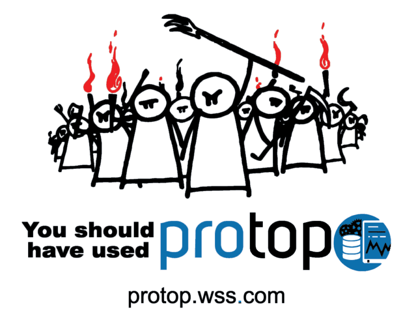New DBA Series: DBA Checklist – Part Two

In part one, we examined routine tasks scheduled for different times. In this post we’re going to look at special events and the checklists associated with them.
OpenEdge Updates and Service Packs
The basic procedure for installing an OpenEdge update or service pack is as follows:
- Shutdown database(s), AdminServer and generally stop any OpenEdge processes
- Truncate the bi
- Take a full backup of database(s)
- Install the update or service pack
- proutil -C updatevst
- proutil -C updateschema
- Restart the database(s)
For the update/service pack installation on UNIX/Linux, we prefer to stage the new installation in an entirely new directory and use soft links (ln -s command) in the various scripts used to start OpenEdge processes. In this case, step 4 would be to change the symbolic link to point to the new installation. This usually provides for an easy rollback to the previous version, though you should always test the rollback beforehand. Sorry Windows users: I am not aware of an equivalent solution.
One last thing: if you are staging a new $DLC directory, remember to copy any modified properties files in $DLC/properties from the old install directory to the new one.
Most importantly, we strongly suggest that you have a written and tested update and rollback plan. Chance favours the prepared mind.
Pre-Release or Update
Before installing a new release or update of OpenEdge, check the following:
- Review any online changes that should be made permanent: -spin, -L, etc. These may have been made with “proutil db -C increaseto” or via promon
- Run “proutil -C describe” and confirm that you have the config options that you need (large files, etc.)
- Review all broker startup parameters such as: -n, -L, -B, -B2, lruskips, -spin -Mi/-Ma/-Mn/-Mpb (the ProTop “R” report is very handy here).
- Review any schema related parameters: -omsize, -*rangesize. Over time new objects may have been added by the application team and adjustments might be needed. This is a good time to do that.
- Review other configuration parameters: bi cluster size, bi block size and ai block size
- Review the release notes for the new version and any skipped releases – are there new startup options or db capabilities that you want to leverage?
- If there are new features that you want to use – must you start using them right away or can you defer implementation as “phase 2”?
If you have a commercial ProTop subscription, you can use the Automated Health Check and view the results in the ProTop Web Portal.

Planning, Testing and Optimizing
Some tasks are often left aside because we are too busy fighting fires and working on urgent tasks (it seems like everything is urgent, doesn’t it !?!)
These items are important and they are fun to do! Try and carve out a few hours per month to run benchmarks and test new ideas.
- Benchmarking and stress testing
- Alternative configurations
- New OpenEdge releases and features
- Reducing required downtime
How Many of These Are You Doing?
Are you a seasoned OpenEdge DBA? A newbie? Or maybe you are an OpenEdge programmer who gets to play DBA from time-to-time. How does your list compare to ours? Let us know in the comments.
What About Application Updates?
Good Question! And that’s why you should come back for part 3 in a few weeks!


